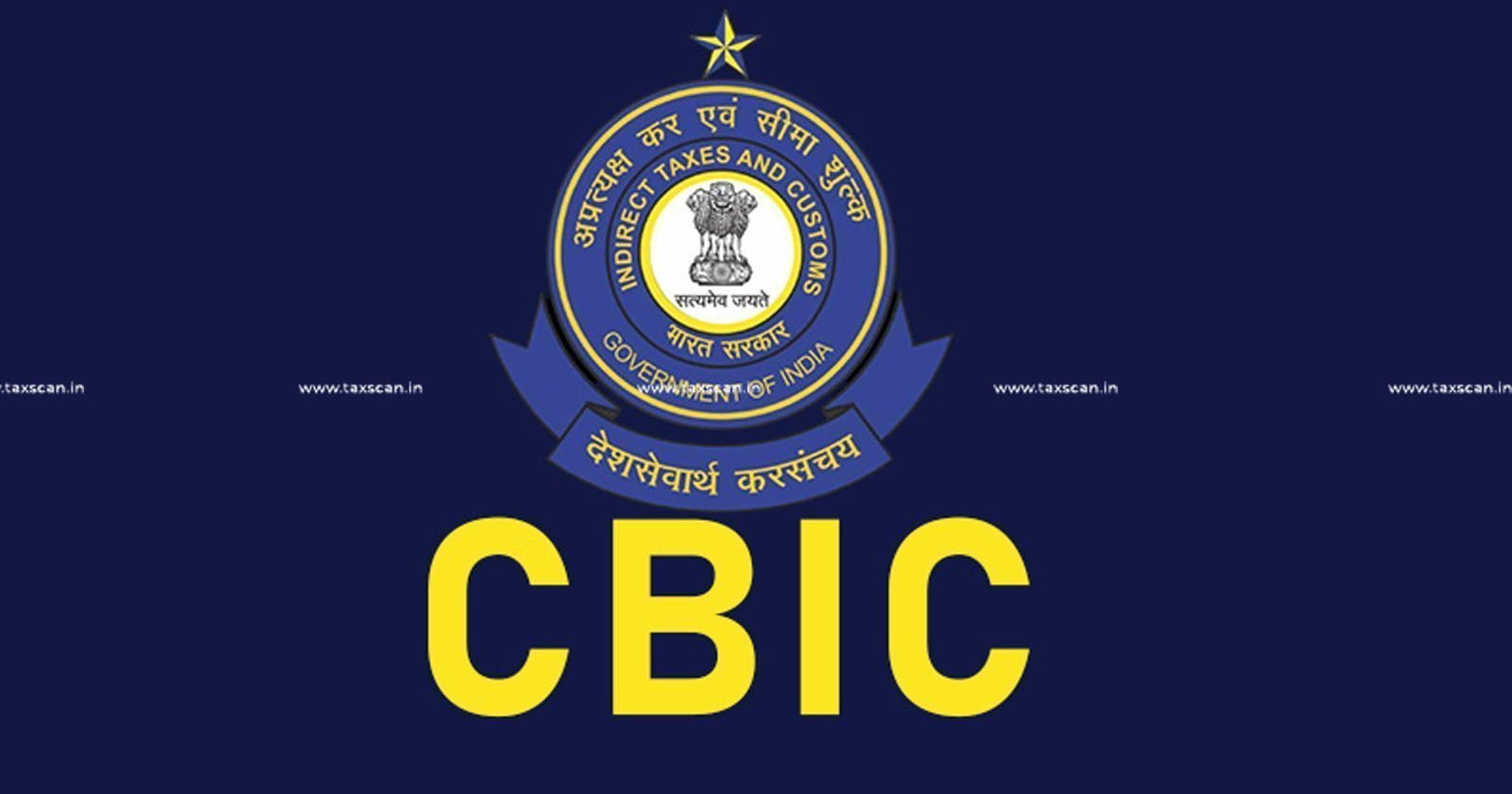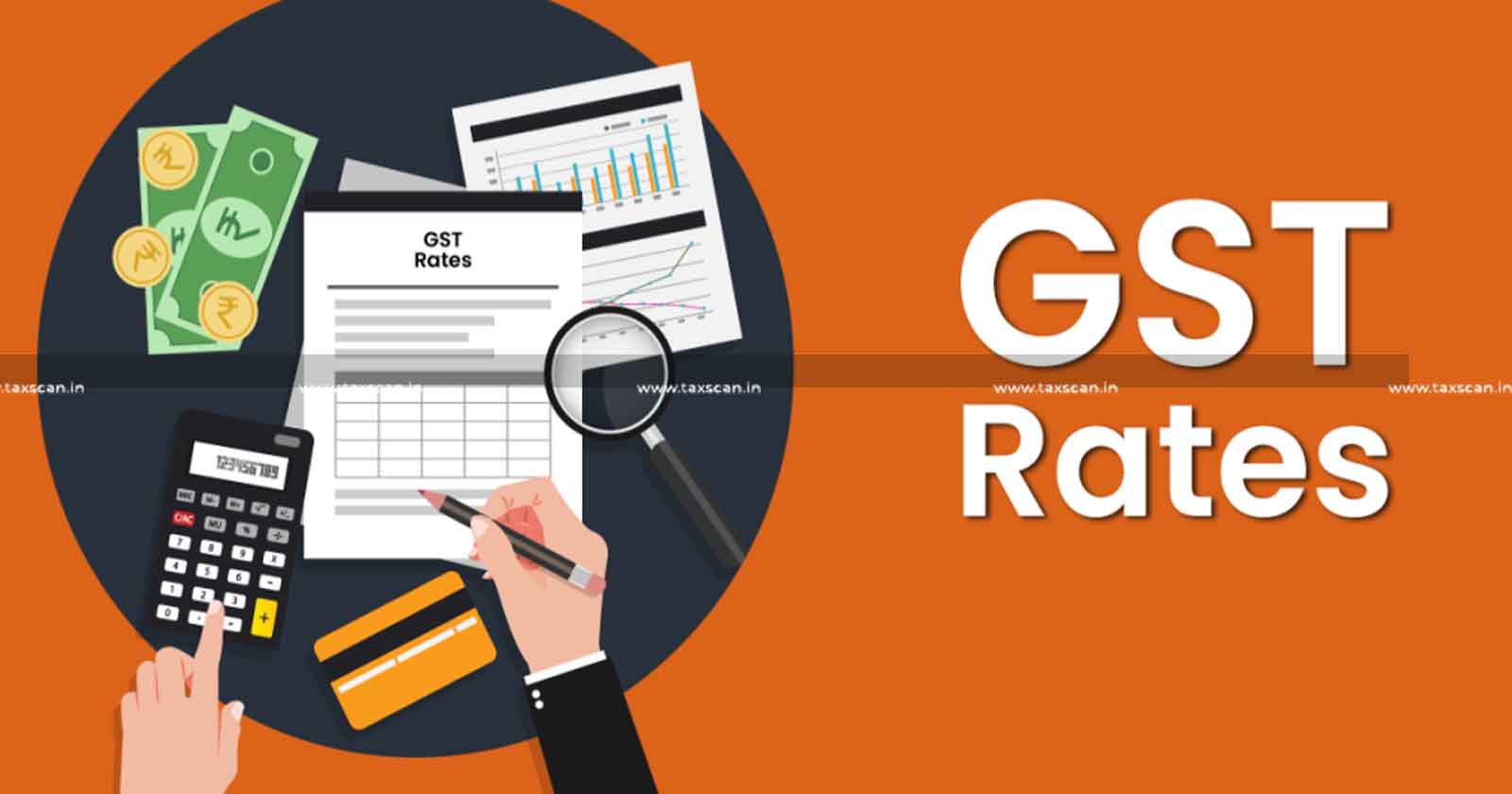Composite and Mixed Supply under GST: Key Concepts, Rules, and Clarifications
Composite supply and mixed supply become important concepts in this context. Correctly identifying such shipments assures that the correct GST rate is applied, legal requirements are met, and legal actions can be avoided

The Goods and Services Tax ( GST ), which consolidated numerous state and central levies into a single tax system, has radically altered India's indirect taxation system since it first went into implementation. The supply of goods, services, or both is the primary taxable event under GST.
Real-world business transactions frequently involve complex bundles of goods and services that are delivered at the same time, even though taxing seems simple when the supply consists of a single, easily recognized good or service.
Composite supply and mixed supply become important concepts in this context. Correctly identifying such shipments assures that the correct GST rate is applied, legal requirements are met, and legal actions can be avoided.
What is Supply Under GST
Understanding Supply is very important before going deep into the composite and mixed nature. Under Section 7 of the CGST Act, 2017, the scope of ‘supply’ covers all forms of supply of goods or services or both, including sale, transfer, barter, exchange, license, rental, lease, or disposal made for a consideration in the course or furtherance of business.
The rate of tax is determined by the HSN/SAC classification of the goods or services supplied. However, problems arise when a supply consists of multiple components, say, goods packaged with services each attracting different rates. The law provides specific principles to address this: the concepts of Composite Supply and Mixed Supply.
Composite Supply: Meaning and Legal Provision
As per Section 2(30) of the CGST Act, “Composite Supply” means a supply consisting of two or more taxable supplies of goods or services or both, which are naturally bundled and supplied in conjunction with each other in the ordinary course of business, one of which is a principal supply.
 Also Read:CBIC clarifies Place of Supply as Delivery Address for Unregistered buyers with different Billing Address in e-com Transactions [Read Circular]
Also Read:CBIC clarifies Place of Supply as Delivery Address for Unregistered buyers with different Billing Address in e-com Transactions [Read Circular]
Principal Supply:
Defined under Section 2(90) of the Act, the principal supply is the predominant element of a composite supply to which other supplies are ancillary.
How Tax is Levied:
Under Section 8(a) of the CGST Act, the tax liability on a composite supply is determined based on the principal supply. The entire supply is taxed at the rate applicable to the principal supply.
Examples and Illustrations of Composite Supply
Transportation with Insurance and Packing:
When a seller sells goods and, as part of the transaction, arranges packing, transportation, and insurance, the entire package is a composite supply. The supply of goods is the principal supply; transport and insurance are ancillary. The entire supply is taxed as a supply of goods.
Hotel Accommodation with Breakfast:
A hotel provides accommodation including complimentary breakfast. Here, the main supply is accommodation, and the breakfast is naturally bundled in the ordinary course of business. The whole transaction is taxed as hotel accommodation services.
Air Travel with Onboard Catering:
Airlines often provide air travel with onboard meals. The main service is transportation; catering is incidental. The entire supply is treated as passenger air transport service.
What Determines Natural Bundling?
Whether two or more supplies are ‘naturally bundled’ depends on the ordinary course of business and the perception of the customer. Indicators include:
- Customers expect such elements to be supplied together (like hotel stay with breakfast).
- Majority of service providers in the sector offer the bundle as a standard practice.
- The elements are advertised together and usually cannot be separated.
- The different elements are integral to one supply; removing one affects the nature of the supply
Mixed Supply: Meaning and Legal Provision
Definition: Section 2(74) of the CGST Act defines Mixed Supply as two or more individual supplies of goods or services, or any combination thereof, made together for a single price which do not constitute a composite supply.
How Tax is Levied: Under Section 8(b) of the CGST Act, a mixed supply is taxed at the highest GST rate applicable to any individual component of the supply.
Examples and Illustrations of Mixed Supply
Festive Gift Hamper: A hamper containing chocolates, cakes, aerated drinks, dry fruits, etc., sold for a single price, is a mixed supply because these items are not naturally bundled; they can be sold separately. The entire hamper is taxed at the highest GST rate applicable to any of the items in the package.
Single Rent Agreement for Residential and Commercial Use:
Suppose a building is rented under one agreement: one floor for residence (exempt) and another for commercial use (taxable). Since they are not naturally bundled, it is a mixed supply and will be taxed at the rate applicable to the taxable portion, i.e., commercial renting.
Time of Supply for Composite and Mixed Supply
Under GST, the time of supply determines when the tax liability arises.
- Mixed Supply:
- If the supply includes a service with the highest tax rate, the whole supply is treated as a supply of services, so the time of supply rules for services apply.
- If the supply includes goods with the highest tax rate, the whole supply is treated as a supply of goods, so the time of supply rules for goods apply.
- Composite Supply:
- If the principal/primary supply is a service, the whole bundle is treated as a supply of services, time of supply rules for services apply.
- If the principal/primay supply is goods, the whole bundle is treated as a supply of goods, time of supply rules for goods apply.
Clarifications by CBIC on Composite and Mixed Supply
The CBIC has issued several clarifications to resolve practical industry doubts on whether certain bundled transactions should be treated as a supply of goods, services, or as a composite supply, and to identify the principal supply for tax purposes.
Printing Industry:
Circular No. 11/11/2017 clarifies that when printed materials like books or brochures are produced using the printer’s own paper but the content comes from the customer, the principal supply is the service of printing, so it is taxed as a service. However, when printed items like envelopes or boxes are produced (again using the printer’s paper and customer’s design), the main supply is the goods itself, so it is taxed as goods.
Food Supplied to Patients:
Circular No. 32/6/2018 clarifies that food provided to in-patients as part of medical care is a composite supply of healthcare, exempt from GST. But food sold by hospitals to non-admitted patients, visitors, or attendants is taxable.
Bus Body Building:
Circular No. 34/8/2018 clarifies that bus body building involves both goods and services. Whether it is treated as a supply of goods or services depends on which part is the principal supply, determined by the facts of each case.
Retreading of Tyres:
Retreading old tyres is generally a composite supply where the main element is the service of retreading so it is taxed as a service. But if the retreaded tyres are sold by the supplier using their own old tyres, it is treated as a supply of goods.
Car Servicing:
Circular No. 47/21/2018 clarifies that car servicing involving spare parts and labour, when invoiced separately, is not a composite supply. The goods and services are taxed at their respective rates. According to the clarification “The taxability of supply would have to be determined on a case to case basis looking at the facts and circumstances of each case. Where a supply involves supply of both goods and services and the value of such goods and services supplied are shown separately, the goods and services would be liable to tax at the rates as applicable to such goods and services separately.”
Preferential Location Charges :
The 54th GST council meeting clarified that location charges or Preferential Location Charges (PLC) paid along with the consideration for the construction services of residential/commercial/industrial complex before issuance of completion certificate forms part of composite supply where supply of construction services is the main service and PLC is naturally bundled with it and are eligible for same tax treatment as the main supply that is, construction service.
Ancillary/intermediate services are provided by GTA:
The GST Council explained that if GTA provides ancillary or intermediate services during the road transportation of goods and also issues a consignment note, the service will be considered a composite supply, and all such services, such as loading and unloading, packing and unpacking, transshipment, temporary warehousing, etc., will be considered for the purposes of the composite supply. These services will not be considered a composite supply of goods transportation if they are not rendered during the course of goods transportation and are invoiced separately.
Support our journalism by subscribing to Taxscan premium. Follow us on Telegram for quick updates



